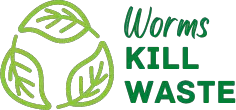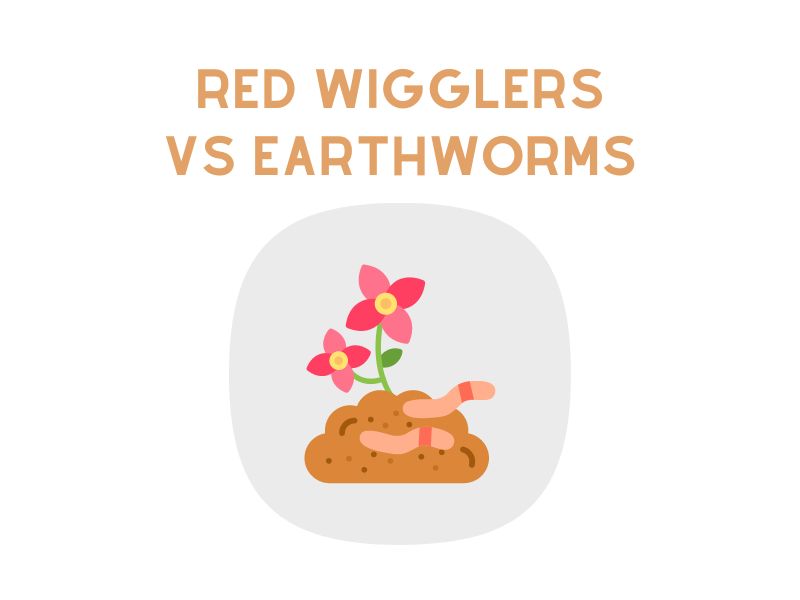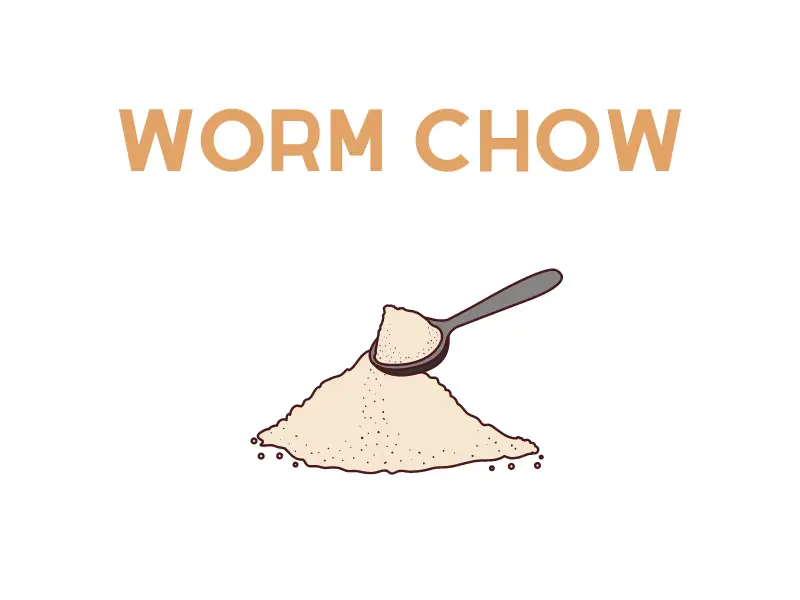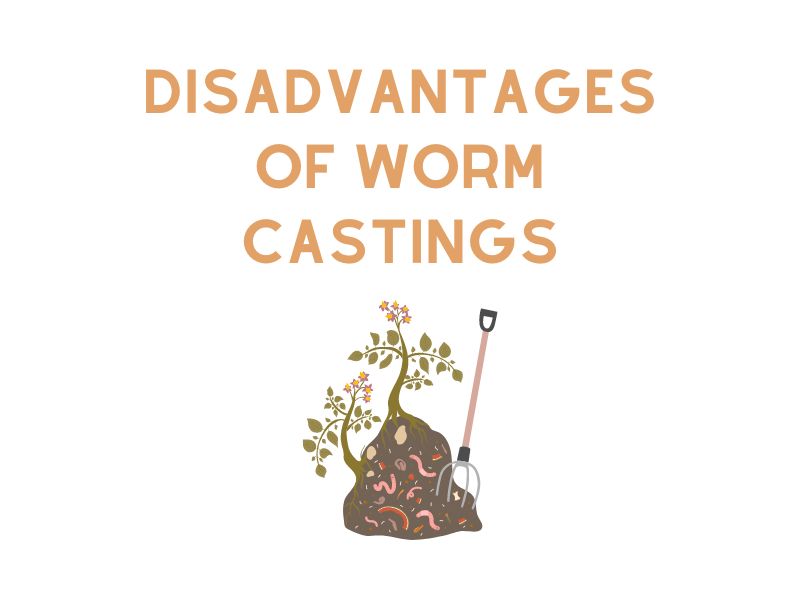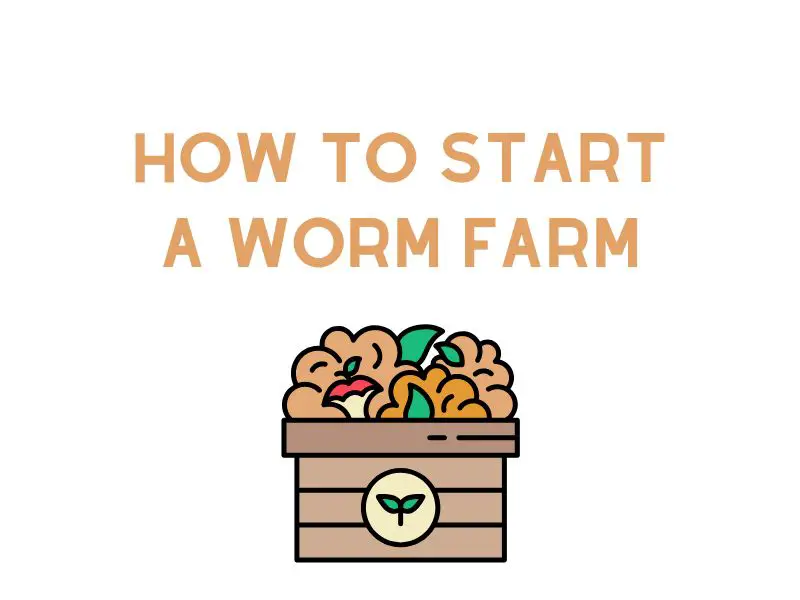When it comes to the intricate world of worm composting, two contenders often find themselves at the forefront of the discussion: the red wiggler worm (Eisenia fetida) and the common earthworm. Both these species play an invaluable role in breaking down scraps and other organic materials, but they serve different niches in the composting ecosystem. Red worms, commonly known as red wigglers, are champions in the realm of vermicomposting, a process wherein worms convert organic waste into high-quality compost. On the other hand, common earthworms excel at aerating soil, creating channels that enhance its health and structure. But which of these worms truly shines when added to a compost pile? Delve deeper to understand the unique attributes of these worms, from the impressive body weight of organic matter they can consume, to their unparalleled aeration capabilities. Join us as we navigate the underground dynamics of Eisenia and its role in transforming our waste into black gold.
Physical Appearance
When comparing the two, one of the most important things to discuss is their physical characteristics. Knowing their appearance will make it easier to identify the worms. A major difference is their length. Earthworms are longer, and can reach six to 14 inches. It is believed that there was even a 22-inch earthworm, which was discovered in South Africa.
The physical appearance also differs in terms of color. Red wigglers are often reddish-purple. Meanwhile, an earthworm is reddish-brown or grayish, depending on the specific type. Nightcrawlers can be further divided into three – Canadian, European, and African. While they belong to the same family, they have different characteristics, but such will not be our focus in this article.
Habitat
When differentiating the two worms, another important point to consider is their habitat. They thrive in different environments. For instance, red wigglers are often found in warmer environments with the average temperature being 70 to 80 degrees Fahrenheit. Meanwhile, earthworms like it to be a bit cooler. The average temperature at which they survive is 60 to 70 degrees Fahrenheit.
Speaking of habitat, earthworms are more common in open gardens. When you see worms in your yard after it rains, chances are, that is an earthworms. They are also common in flower gardens. Red wigglers are not as commonly found in open spaces.
Another good thing about red wigglers is that they are more tolerant of different living conditions. This means that they have a higher chance of surviving even when there are fluctuations in its environment. Being not as sensitive as earthworms, it will be easier for you to make sure that the red wigglers will thrive in a composting bin.
Lifespan
If you are looking for compositing worms, it is also important to consider lifespan. If the worms die easily, then composting can be a frustrating experience. They might die even before you can harvest their castings. Red wigglers have a bit longer lifespan than other earthworms. However, this will depend on their environment, so make sure of the ideal conditions to make the worms last longer and produce the castings needed.
Feeding Habits
One more thing that makes red wigglers good for composting is their food consumption. They eat all kinds of organic scraps, especially kitchen waste. They will eat organic material that is on the top of the soil. On the other hand, the earthworms will be eating soil that is already underground, and they will have to burrow to do this. You can simply add food on top of the compost, and you can be sure that the red wiggler will be eating them. There is no need for turning the compost just so that you can position the food under for the worms to consume.
Manure and decaying plants are some of the favorite foods of red wigglers. These are what you will typically find in a composting bin. They can consume almost any kitchen scrap that you will find in the worm bin. Meanwhile, earthworms prefer decaying leaves and roots, as well as other microorganisms that are naturally present in the garden or in an open land instead of those in a composting bin.
Reproduction Rate
From the two worms, red wigglers are known for their high reproduction rate, making it a better option if you are breeding for composting, even for fishing bait. In a matter of months, red wigglers can form a massive population. Despite this, take note that the reproduction rate is dependent not only on the type of worm in the bin but also on the environment, especially the soil temperature.
Red Wigglers vs Other Worms
1. The differences between red worms for composting and compost worms are important to consider when choosing which species to use.
2. Red wigglers are commonly used as compost worms.
3. Trout worms are another type of worm, but they may have different characteristics compared to red worms.
4. Understanding the differences between red wigglers and other earthworm species like nightcrawlers can help in determining which is better for composting.
5. Red worms thrive in composting environments due to their ability to break down organic matter efficiently.
6. Earthworms, including red worms, are burrowing annelids that live in the soil.
7. Red wigglers are often used in composting due to their ability to carry and distribute nutrients within the compost.
8. The number of worms per square area can be a significant factor in determining the effectiveness of composting.
9. Baby worms, also known as juveniles, are crucial for the reproduction of these species.
10. The characteristics of red worms, such as their size, reproduction rate, and feeding habits, can vary from other earthworm species.
11. Earthworms are known for their ability to continuously turn compost, aiding in the decomposition process.
12. Compost worms are annelids that live in soil and are commonly used in composting.
13. Compost worms and earthworms play a vital role in maintaining soil health and fertility.
14. Compost worms, including red worms, are particularly useful in composting due to their ability to break down organic material efficiently.
15. Compost worms thrive in composting environments, meaning they live and reproduce well in optimal conditions.
Conclusion
Navigating the world of composting can seem intricate with various worm species playing different roles, particularly when differentiating between red wigglers and earthworms. Red wigglers, often called red wigglers or simply red wiggles, are segmented worms specifically used for vermicomposting. They excel at breaking down organic waste like food scraps, turning them into great compost. These worms live near the surface and are particularly active in the top layers of compost, making them ideal for home composting. Other names they might go by include brandling worms, manure worms, or tiger worms.
On the other hand, the broader category of earthworms consists of various species like the European nightcrawlers and Indian blue, each with unique attributes. These annelids live deeper in the garden soil and are burrowing creatures, unlike red wigglers that thrive near the soil surface. Earthworms aerate the soil, making it healthier and facilitating the breakdown of organic materials. While they might not be as effective in a worm compost bin designed for composting food scraps, they play an essential role in the larger ecosystem.
The two species, red wiggler worms used in vermicomposting and earthworms like nightcrawler worms, have distinct differences. While both are segmented worms that are important to the soil ecosystem, red wigglers don’t burrow deep and tend to live in the top layers, whereas earthworms carry on their work much deeper. This distinction between the two makes earthworms less suitable for composting with worms in closed bins, and better suited for open garden environments. For those wanting to harness the power of worms for turning food scraps and other organic waste into compost, red wriggler worms are the way to go. However, if the goal is to aerate and enrich garden soil naturally, introducing a mix of worm species, including earthworms and compost worms, would be beneficial.
In summary, both red wigglers and earthworms have pivotal roles in the world of composting and vermicomposting. While the two share some characteristics, understanding their differences ensures that you select the right type of worm for your composting needs. As the saying goes in the worm enthusiast community: a pound of worms is worth its weight in black gold, regardless of whether they’re red wrigglers, nightcrawlers, or any of the many annelids that grace our soil.
